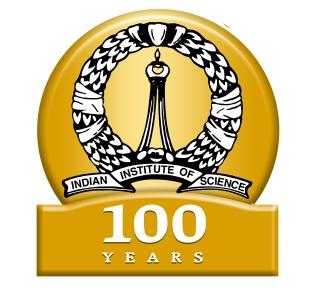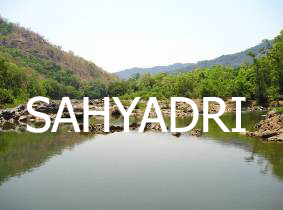Energy Research Group,Centre for Ecological Sciences,
Indian Institute of Science Bangalore 560 012, India
E Mail : cestvr@ces.iisc.ac.in
Abstract : Growing concern over the status of global and regional bioenergy resources has
necessitated the analysis and monitoring of land cover and land use parameters on
spatial and temporal scales. The knowledge of land cover and land use is very important
in understanding natural resources utilization, conversion and management. Land cover,
land use intensity and land use diversity are land quality indicators for sustainable land
management. Optimal management of resources aids in maintaining the ecosystem
balance and thereby ensures the sustainable development of a region. Thus sustainable
development of a region requires a synoptic ecosystem approach in the management of
natural resources that relates to the dynamics of natural variability and the effects of
human intervention on key indicators of biodiversity and productivity. Spatial and
temporal tools such as remote sensing (RS), geographic information system (GIS) and
global positioning system (GPS) provide spatial and attribute data at regular intervals
with functionalities of a decision support system aid in visualisation, querying, analysis,
etc., which would aid in sustainable management of natural resources. Remote sensing
data and GIS technologies play an important role in spatially evaluating bioresource
availability and demand. This paper explores various land cover and land use techniques
that could be used for bioresources monitoring considering the spatial data of Kolar
district, Karnataka state, India.
Slope and distance based vegetation indices are computed for qualitative and
quantitative assessment of land cover using remote spectral measurements. Differentscale
mapping of land use pattern in Kolar district is done using supervised
classification approaches. Slope based vegetation indices show area under vegetation
range from 47.65 % to 49.05% while distance based vegetation indices shoes its range
from 40.40% to 47.41%. Land use analyses using maximum likelihood classifier
indicate that 46.69% is agricultural land, 42.33% is wasteland (barren land), 4.62% is
built up, 3.07% of plantation, 2.77% natural forest and 0.53% water bodies. The
comparative analysis of various classifiers, indicate that the Gaussian maximum
likelihood classifier has least errors. The computation of talukwise bioresource status
shows that Chikballapur Taluk has better availability of resources compared to other
taluks in the district.
Keywords : Bioresource monitoring,Global Positioning System (GPS),Kolar district,Land use,Vegetation Indices


